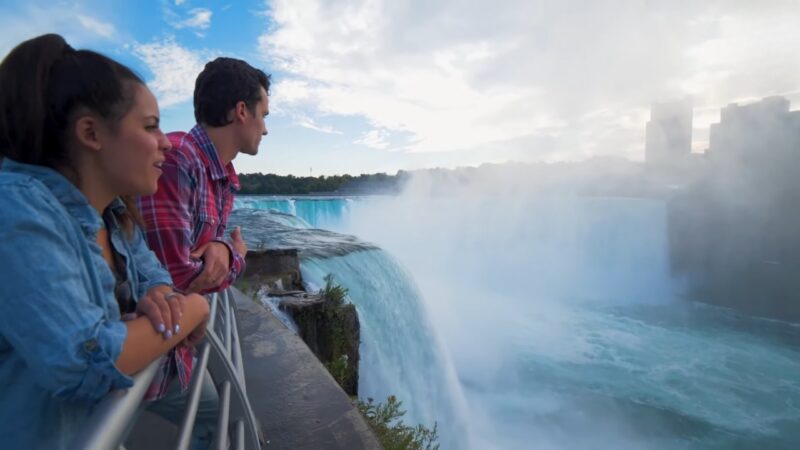Despite its undeniable allure, Niagara Falls has yet to attain the prestigious status of a national park. While Niagara Falls undeniably holds a place of honor among the world’s most iconic natural wonders, the journey toward national park status has proven to be far from straightforward.
A complex interplay of ecological significance, historical context, and bureaucratic intricacies has contributed to the prolonged deliberations surrounding its conservation status.
In this article, we will explore the reasons behind this curious absence.
The Environmental Majesty of Niagara Falls
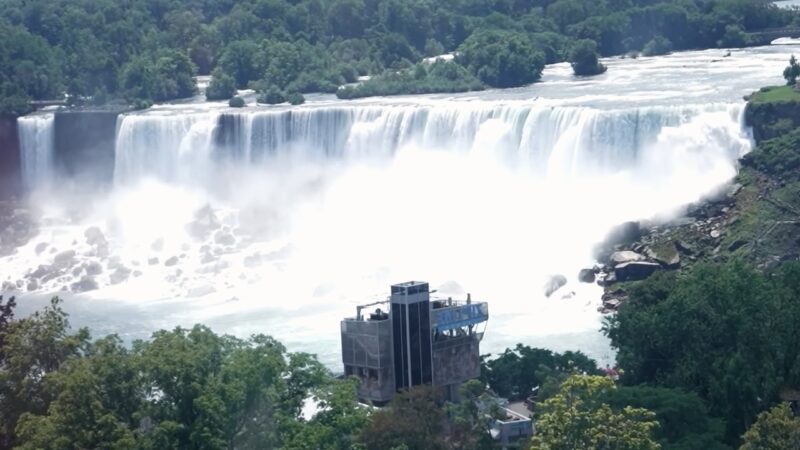
Niagara Falls, consisting of three distinct sections – the Horseshoe Falls, the American Falls, and the Bridal Veil Falls – form a natural boundary between the United States and Canada. This iconic landmark not only captivates with its sheer magnitude but also serves as a symbol of the enduring bond between neighboring nations.
Niagara Falls boasts a rich ecological tapestry that adds to its allure. The surrounding area teems with life, harboring a diverse array of plant and animal species that have adapted to the unique conditions created by the falls. From the lush vegetation that clings to the rocky cliffs to the myriad fish species that inhabit the churning waters below, Niagara Falls is a hotspot for biodiversity.
Amidst the array of spectacular waterfalls across the world, Georgia stands out with its own natural wonders. The top 10 waterfalls in Georgia offer a breathtaking experience, blending cascading beauty with the charm of the Southern landscape. Each waterfall tells a unique geological story, contributing to the diverse tapestry of Earth’s natural wonders.
The mist generated by the falls creates a microclimate that supports a variety of plant species, including ferns, mosses, and wildflowers. This unique habitat provides refuge for numerous bird species, including migratory birds that stopover during their annual journeys. Additionally, the Niagara River, which feeds the falls, is home to a variety of fish species, including trout, bass, and sturgeon.
The surrounding forests provide critical habitat for wildlife, including deer, raccoons, and foxes. These woodlands not only serve as a refuge for wildlife but also play a crucial role in regulating the flow of water and stabilizing the soil, helping to prevent erosion and maintain water quality.
The Case for National Park Status
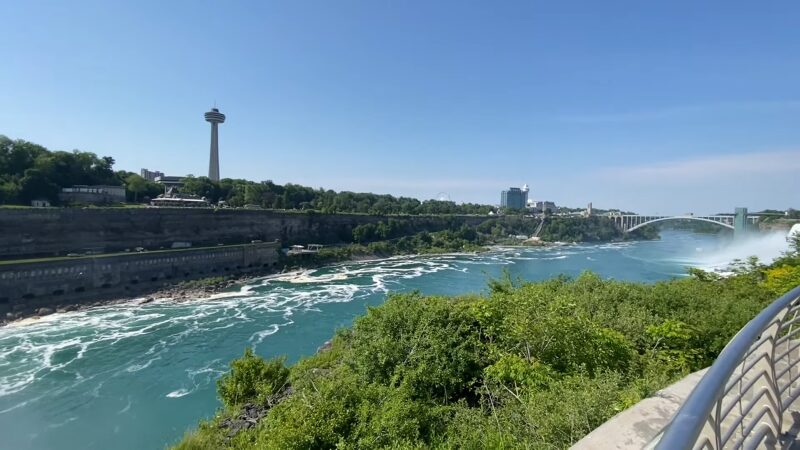
While one might reasonably assume that a natural wonder of such magnitude as Niagara Falls would be granted national park status without hesitation, the reality is far more complex.
We searched for more info we found out the process of designating a national park involves careful consideration of numerous factors, each of which plays a crucial role in determining whether an area merits such a prestigious designation as explained by the experts that offer Niagara Falls tours at https://www.fallstour.com/.
First and foremost among these factors is the ecological significance of the area in question. National parks are intended to protect and preserve unique ecosystems, ensuring the long-term viability of diverse plant and animal species.
In the case of Niagara Falls, the surrounding region boasts a rich biodiversity, with numerous rare and endangered species calling it home. From the lush forests that line the riverbanks to the diverse array of aquatic life that inhabits the waters below, Niagara Falls is a haven for wildlife.
Preserving this ecological diversity is essential not only for the health of the local ecosystem but also for the broader goal of conservation on a global scale.
In addition to its ecological importance, Niagara Falls holds significant historical and cultural significance. For centuries, the falls have been a source of inspiration for artists, writers, and explorers, who have marveled at its beauty and power.
Environmental Challenges Facing Niagara Falls
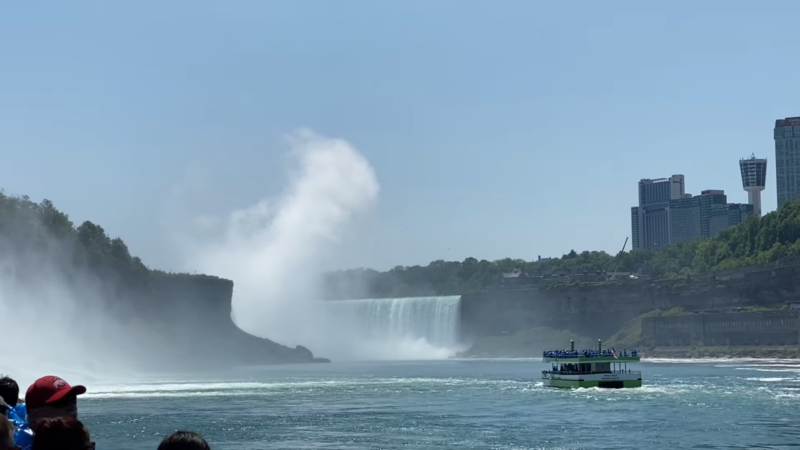
One of the most pressing issues facing Niagara Falls is water pollution. Over the years, pollution from factories, agriculture, and urban runoff has found its way into the Niagara River, degrading water quality and threatening the health of aquatic life.
Industrial pollutants, such as heavy metals and chemicals, pose a particular risk to the river’s ecosystem, accumulating in the water and sediments and bioaccumulating up the food chain. This contamination not only harms fish and other aquatic organisms but also poses risks to human health, particularly for communities that rely on the river for drinking water and recreation.
In addition to pollution, habitat destruction and fragmentation are significant threats to the biodiversity of the Niagara Falls region. Urban development and infrastructure projects have encroached upon natural habitats, fragmenting wildlife populations and disrupting critical migration corridors.
Wetlands, forests, and other essential habitats have been lost or degraded, further reducing the resilience of the ecosystem and making it more vulnerable to environmental stressors.
Climate change exacerbates these challenges, posing additional threats to the fragile ecosystem surrounding Niagara Falls. Rising temperatures, changing precipitation patterns, and more frequent extreme weather events all have profound implications for the region’s ecology. Increased rainfall and runoff can lead to erosion and sedimentation, further degrading water quality and altering the flow of the river.
Political Factors Influencing Park
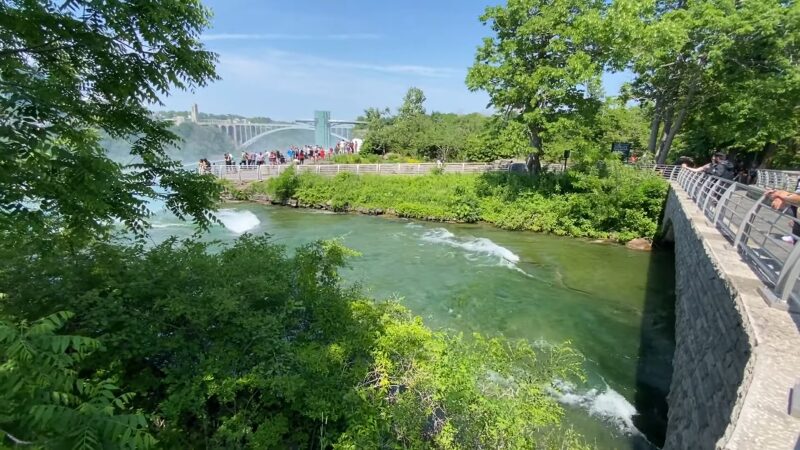
Designation In addition to environmental considerations, the designation of a national park is often influenced by political factors. The process can be fraught with bureaucratic hurdles, jurisdictional disputes, and competing interests.
In the case of Niagara Falls, its location straddling the border between the United States and Canada adds an extra layer of complexity to the equation. Both countries must agree on any proposed changes to the area’s status, further complicating efforts to secure national park designation.
Alternatives to National Park Status
While national park status is often viewed as the gold standard for conservation and protection, it is by no means the only option available. Other forms of protected areas, such as national monuments, wildlife refuges, or conservation areas, could provide similar levels of protection while allowing for greater flexibility in land management and use.
Collaborative conservation efforts involving multiple stakeholders, including governments, NGOs, and local communities, may also prove effective in safeguarding Niagara Falls for future generations.
Conclusion
The question of why Niagara Falls is not a national park is a complex one with no easy answers. Environmental factors, political considerations, and the competing interests of various stakeholders all play a role in shaping its current status.
Despite these challenges, the importance of preserving Niagara Falls for future generations cannot be overstated. Whether through national park designation or alternative conservation measures, concerted efforts must be made to ensure that this natural wonder remains a source of inspiration and awe for centuries to come.

